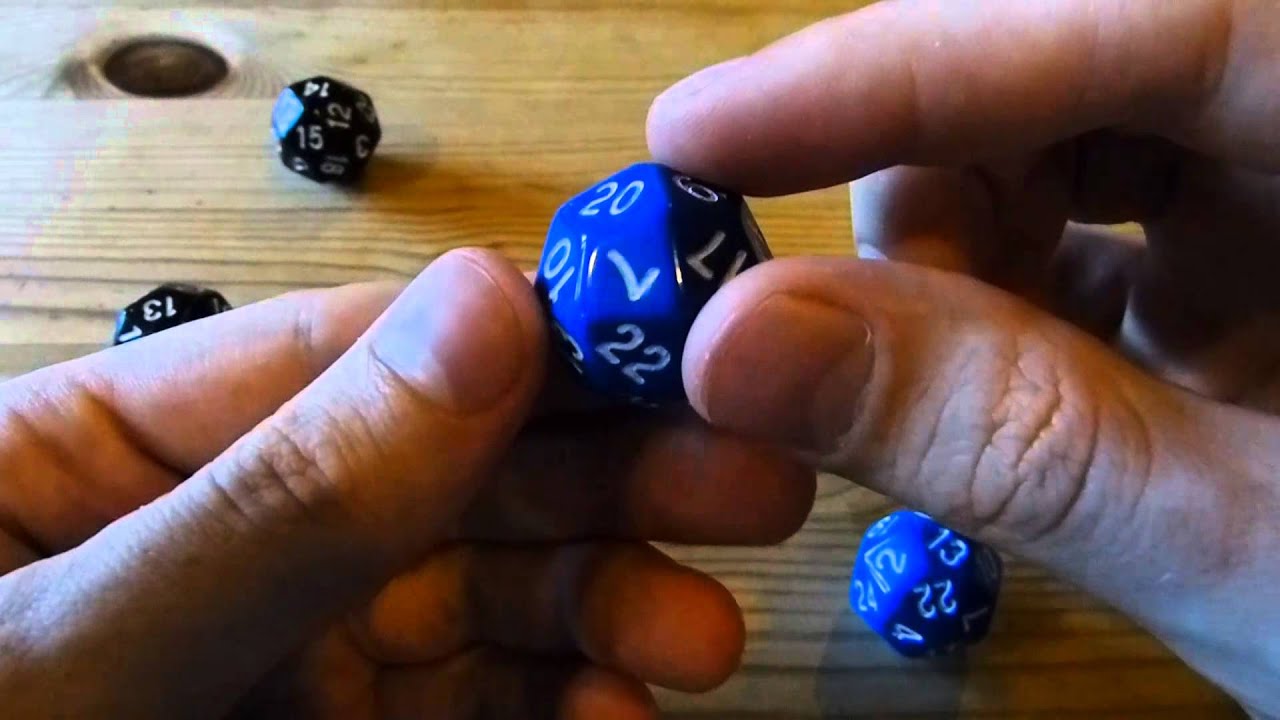geometry: symmetry of symmetry, problem within problem
geometry: symmetry of symmetry, problem within problem
i programed lots geometry stuff. Check this vid out, pay attention when Henry mentioned how the numbers are arranged.

- https://youtu.be/oVBG1IQDe8I
- d24 deltoidal icositetrahedron
now, back to geometry programing i want to talk about. So, suppose you are going to write a script to draw a cube. Now, when programing, you have to draw each edge or vertex one by one. There's a order you can't avoid. Namely, your code, is lines of text, and these lines has order. So, even though the final result on the screen is the same, but your code has lines that has order.
being a perfectionist, if you are the programer, sometimes you get concerned about, what are the most elegant ordering possible? What could we define as the best ordering?
it is these kinda non-problems, i spend tremendous amount of time on. This cube example i gave, is a simple one. But it happens in all sort of ways when you draw lots of geometric objects. Especially those that has symmetry. Because, when it has symmetry, then that gets you wonder about proper order, or certain sense of symmetry of the symmetry.
now, in Henry's dice design, same sort of problem arise. (my words and thoughts only) So, he designed the dice. Then there's the problem of placing the numbers. Normally, opposites sum to the same will do. But then there's other considerations. Eventually, he mentioned it's impossible for a sort of vertex of degree n to have its number sum to the same. So, that's the interesting part. I suppose, one could then go full in this problem, by either inventing or digging up appropriate math field to prove it. Or, develop a math framework that can general answer the number placement problem of arbitrary regular polyhedron.
the other thing Henry didn't mention, is the orientation of the numbers. That's another problem within problem.
see also: Geometry: How to Order the Edges of a Cube?
comment at https://plus.google.com/+XahLee/posts/4LU4iHsbLUT